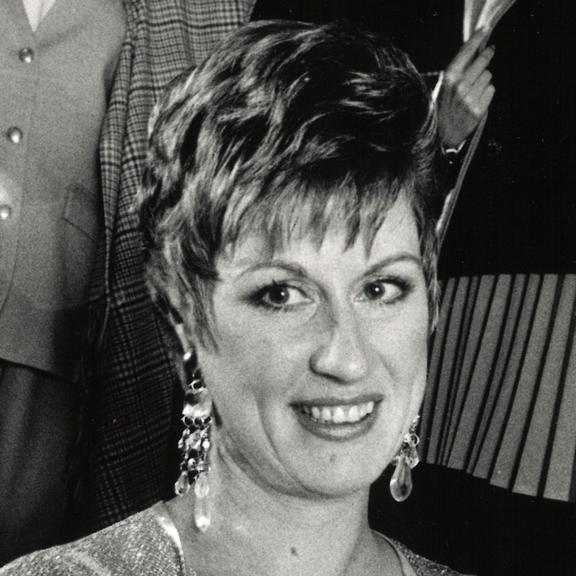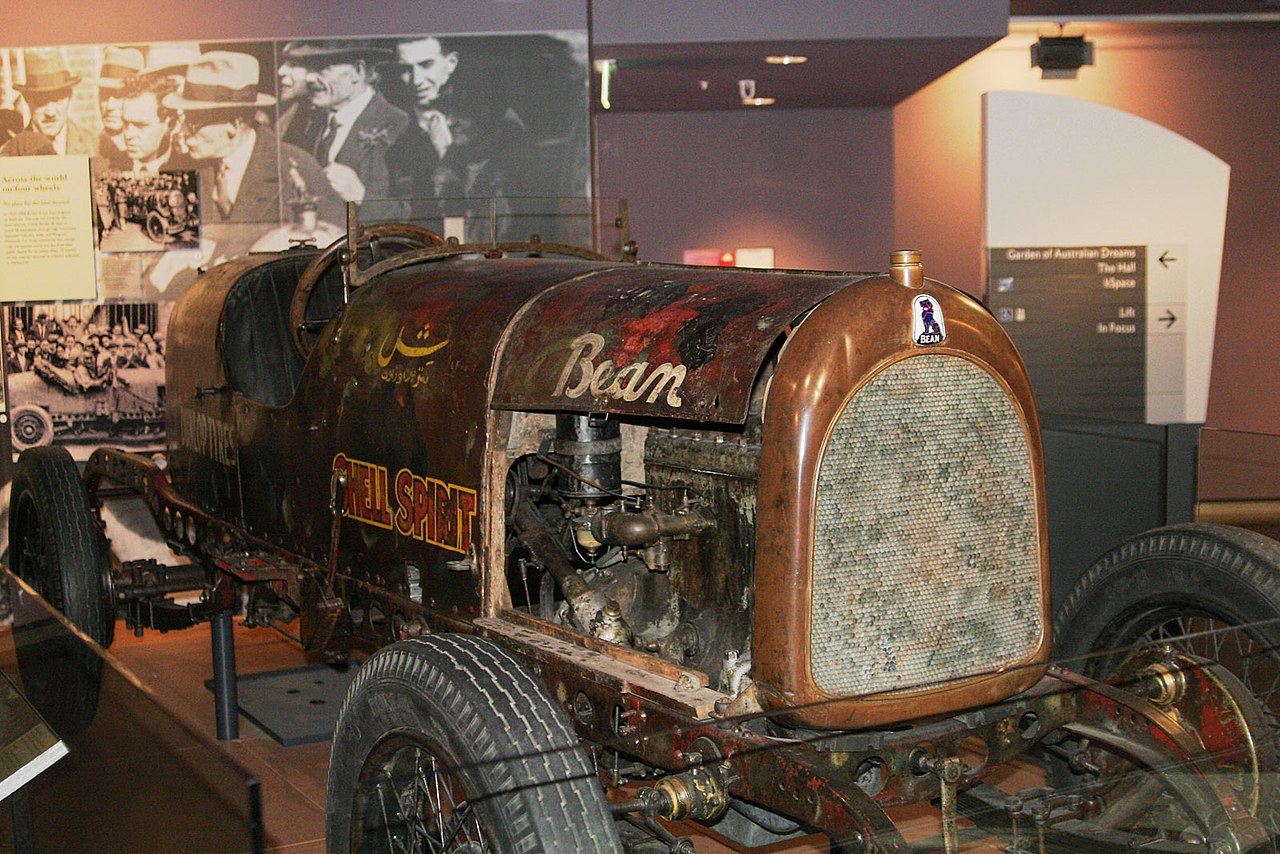Perri Cutten: A Timeless Legacy in Fashion
Remembering Perri Cutten: A trailblazing Australian fashion designer whose timeless elegance and...

 Search...
Search...
His gravestone describes him as 'The Australian Explorer'. Francis Edwin Birtles was a number of things and achieved a lot in his life. Not only was he an adventurer, but also a photographer, cyclist, and filmmaker, who set many long-distance cycling and driving records.
He became the first man to drive a car from England to Australia in 1927. He also set a speed record driving from Darwin to Melbourne the year before.
His adventures began at the age of 15, when Francis joined the merchant navy as an apprentice, but after the outbreak of the Second Boer War, he jumped ship at Cape Town, South Africa in 1899, in an attempt to enlist with the Australian militia. However, he was attached to the Field Intelligence Department as part of a troop of irregular mounted infantry until May 1902.

On Boxing Day 1905, Birtles started out from Fremantle in Western Australia to cycle all the way to Melbourne, attracting widespread attention as it was the first west to east bike crossing of the country ever undertaken. In 1907 he cycled to Sydney, then Brisbane, Normanton, Darwin, Alice Springs, Adelaide then back to Sydney.
Francis published a book entitled 'Lonely Lands: Through the heart of Australia' which included his photography of the journey and even an explanation of why he took on such a mammoth trip.
"Why the idea should ever have occurred to me to risk a ride on a bicycle over eight thousand miles of territory, much of which was practically pathless, it would be hard to explain, excepting that the old roving spirit of my English forefathers may have reasserted itself after lying dormant for several generations, and awakening the desire to do and dare something outside the hum-drum limits of city life, urged me to blaze the trail." He wrote by way of introduction in his book.
And 'do and dare' he did, as he continued his cycling adventures going further and further. In 1910 he cycled right around Australia and in 1911 he travelled from Sydney to Darwin with filmmaker R. Primmer, resulting in the film 'Across Australia'.
By 1912 after having cycled around Australia twice and crossed the continent seven times, Francis swapped his bike for a car. He became one of the first people to make a west to east crossing in a Brush Runabout from Fremantle to Sydney with driver Syd Ferguson.

On 21 September 1912 Birtles with his brother Clive and bulldog 'Wowser' left Melbourne in a blue 20 hp Flanders touring car to drive to Sydney, Brisbane, Charters Towers and then to the Gulf of Carpentaria. From the Gulf he drove close to the Northern Territory border and he arrived back in Melbourne in January 1913.
His adventures didn't stop there, as in 1915 he took on a six month motoring expedition following the Burke and Wills track, taking a movie camera along with him. The film was called 'Across Australia: In the Tracks of Burke and Wills' and was released by The Co-Operative Film Exchange Ltd of Melbourne, and opened in Melbourne at Hoyt's Olympia Theatre on Christmas Day 1915.
On his biggest adventure in 1927 he left Australia House in London in a Bean 14 car and for the next eight months he crossed mountains, deserts, tropical jungles and experienced many sea voyages, until he made it to the GPO in Elizabeth Street, Melbourne. The journey nearly ended in Darwin when his car was seized by customs officials demanding import duty, until Prime Minister Stanley Bruce directly intervened.

A newspaper report in early January, 1928 showed the interest with which the Australia public was following his marathon journey. The Newcastle Morning Herald published the fact that Francis was due in Calcutta for Christmas but no one had heard from him since November 28, when he had left Baghdad.
"In view of the reported heavy falls of snow in the mountains of Persia, it is feared that he may have been caught in a blizzard, or that he may be held up in some remote spot with which it would be very difficult to communicate," the article said.
No one attempted such a journey again until 1955. Francis died in 1941 of coronary vascular disease and is buried in Waverley Cemetery.
Originally published on Tales From The Grave Uncovering family history from down under By Samantha Elley
References